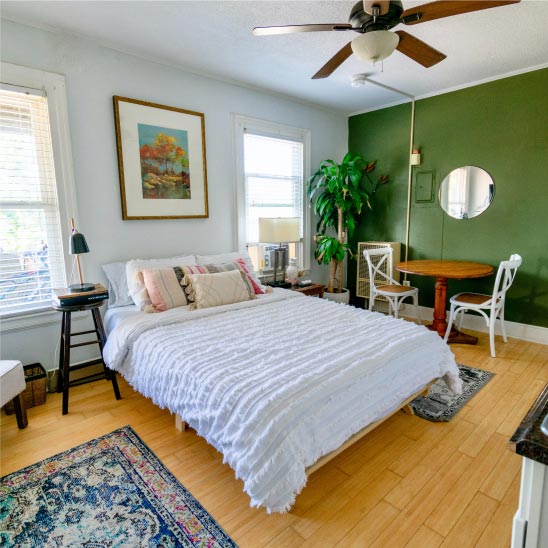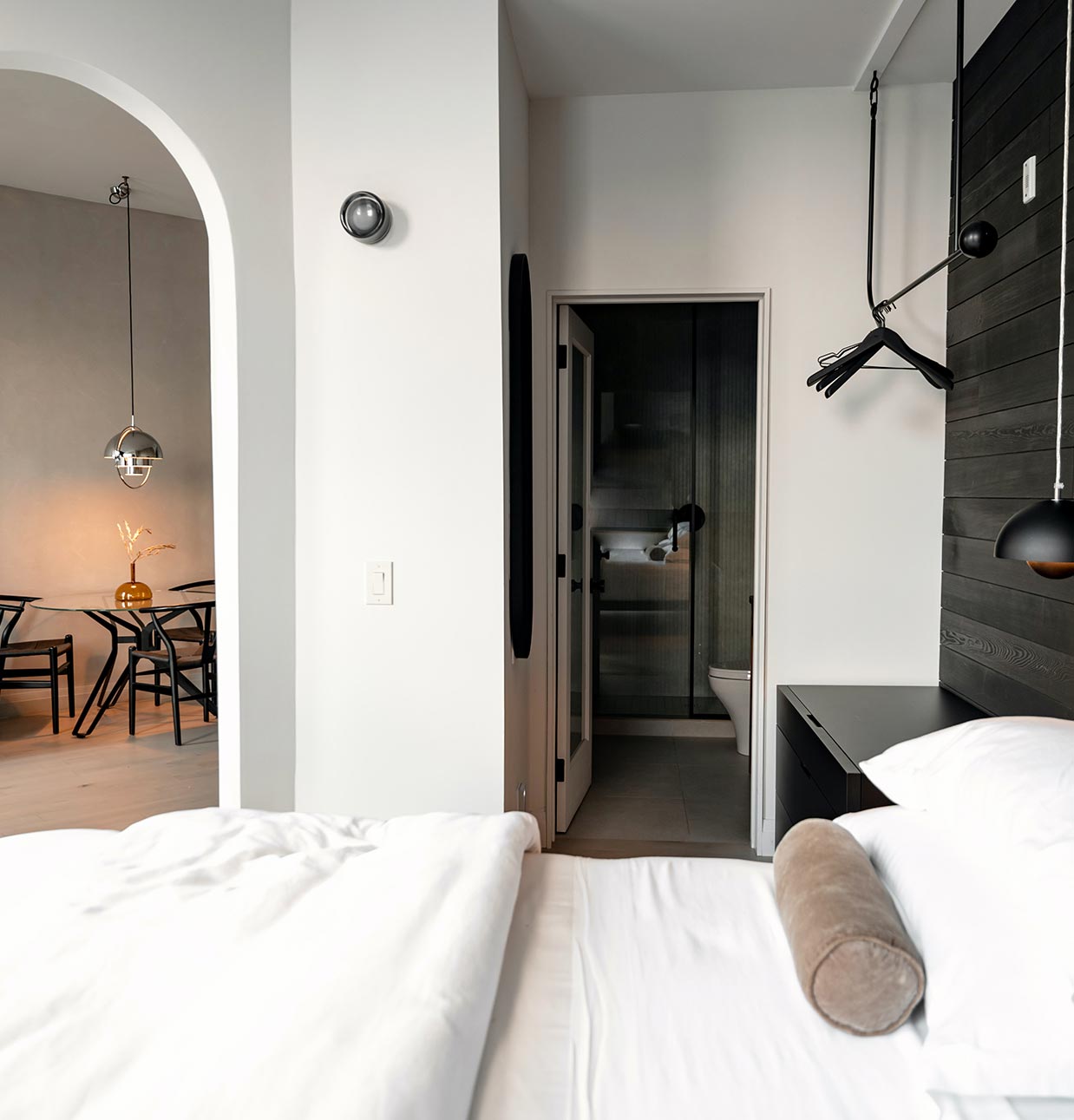What is the weight of a typical transparent LED screen?
What is the weight of a typical transparent LED screen?
Author
huanggs
Share
Author
huanggs
Share
When you’re considering adding a transparent LED screen to your business, one of the key factors you’ll think about is its weight. You see, these screens have become increasingly popular in recent years due to their unique ability to blend digital content with the physical world around them. This feature makes them a popular choice for storefronts, exhibitions, and even luxury vehicles. But let’s dive into the specifics.
A typical transparent LED screen usually weighs between 10 kilograms and 14 kilograms per square meter. This weight can vary depending on the specific model and manufacturer. For instance, some high-end products designed for large storefront displays may weigh slightly more because they incorporate additional features such as higher brightness levels or weather resistance. It’s crucial to check the product specifications of each model.
Understanding the weight helps not just with logistics during installation, but also with planning the structure that will support the screen. Imagine you’re setting up a display for a popular fashion brand in a shopping district—every aspect from the frame to the glass facade must be carefully considered. A lightweight product can save on construction costs and reduce strain on building structures.
For example, a company like Shenzhen Radiant Technology Co., known in the industry for their innovation in transparent display technology, offers screens that weigh less than many traditional models. They achieve this by using advanced materials and innovative designs, demonstrating how technology evolves. Companies must adapt to these advancements, ensuring they remain competitive.
Why has the transparent LED screen become such an attractive choice? The transparency feature—usually offering between 70% to 95% transparency—allows natural light to pass through. It seamlessly integrates into large glass facades, maintaining an open-air feel while still providing an impactful advertising experience. These screens don’t disrupt the view from either side, something solid LED displays can’t offer.
This isn’t just about display weight; it’s about a harmonious blend of form and function. Retailers love how these screens maintain storefront aesthetics while delivering dynamic, eye-catching content that can be updated with ease. Consider a major city like New York, known for its iconic skyline and architecture. Imagine walking down Fifth Avenue and seeing digital ads displayed gracefully within glass storefronts; it’s attention-grabbing without overwhelming the natural beauty of the surroundings.
Transparent LED technology isn’t just a current trend; it’s becoming a staple. In fact, market reports have shown a steady increase in adoption worldwide, with transparent LEDs contributing to a multimillion-dollar industry. A key driver behind this growth is the reduced energy consumption these screens offer compared to conventional LED displays. Power consumption can range from 250 to 750 watts per square meter, but even on the higher end, they often still end up being more energy-efficient due to better distribution and lower overall luminance requirements.
Imagine a tech expo in Berlin where exhibitors showcase the latest gadgets. Stalls equipped with transparent LED displays not only draw in crowds with vivid displays of product features but also reflect an image of modernity and forward-thinking to potential customers. This kind of technology represents not just a display choice, but a brand’s commitment to innovation.
We can’t overlook the benefits beyond aesthetics and function—transparent LEDs also offer cost-savings on energy bills due to their lightweight nature and less invasive installation processes. Maintenance tends to be simpler as well since these screens can be more easily accessed and repaired.
In your decision-making process, it’s crucial to weigh these advantages against the initial investment. Sure, they can cost more upfront, with top-tier models reaching prices of several thousand dollars for a larger screen. However, the return on investment often comes through increased traffic and sales due to their captivating presence and the operational savings over time.
Wise businesses consider these factors, seeing transparent LED screens not just as a purchase, but as an investment in their brand image and operational efficiency. As technology continues to advance, adaptations like these define who stays ahead in a rapidly evolving market landscape. If your business wishes to project modernity and sophistication, there’s little doubt placing such a screen strategically can enhance your brand’s impact significantly.
For those interested in exploring options or learning more about installation and customization, a solid place to start is with the numerous resources and offerings available online, such as visiting a leading manufacturer like transparent led screen. There, one can find detailed product specs, case studies, and the latest innovations that this technology continues to offer.
In the end, the choice to embrace transparent LED technology goes beyond project specifications; it’s about positioning your brand at the forefront of innovation, providing both a functional and elegant medium to engage audiences in unprecedented ways.





